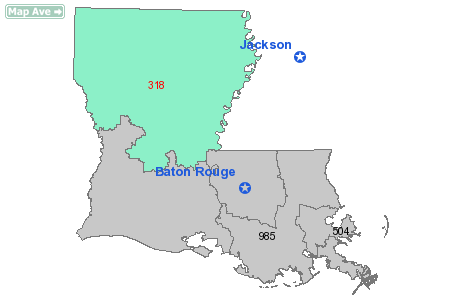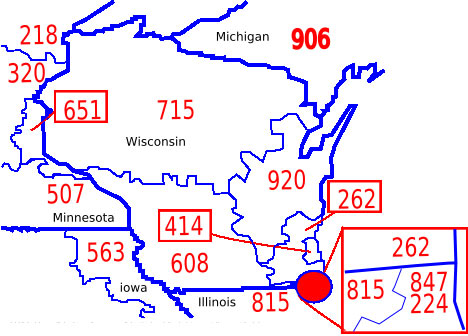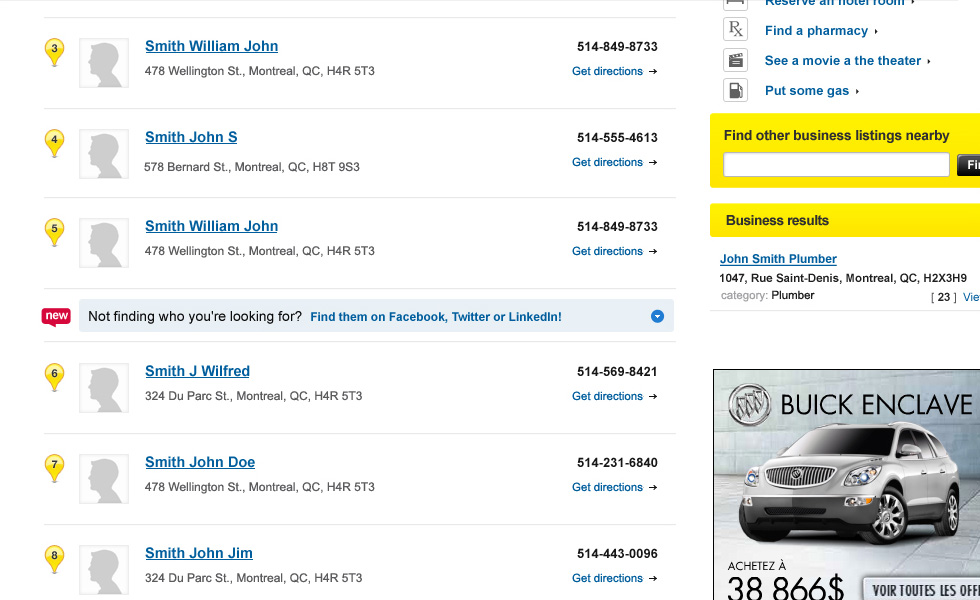

They were created to prepare for a nationwide unified long-distance direct dialing system - the ability to make a call to any other calling area without the need for an operator. Internet connections so one person may actually need multiple phone lines.Ĩ6 area codes were created by AT&T and the Bell System in 1947. Many telephone numbers are now used for fax machines, cell phones or wireless phones, or Remember though that phone numbers are no longer just used for standard home phones. Population of the US and Canada according to the US Census and the World Bank, that leaves 4 phone numbers for every person. Based on the total number of active NPA and NXX combinations reserved and that each oneĬould have up to 10,000 possible subscriber numbers, the current total possible number of telephone numbers is 1,699,140,000. Like area codes, not all prefixes are currently in use.įinally, the final 4 digits of the phone number are known as the subscriber or local number.

Various telephoneĬarriers will reserve blocks of telephone numbers by reserving an NXX within an area code. The NXX is also known as the prefix or exchange. The next three digits of a landline number or cellphone number are called the NXX. Also, not all area codes are currently in use.
#411 area code code
For instance, area code 800 (commonly referred to as 800-numbers) is reserved for toll free calls where the called party is charged instead

While the system was developed in the 40s, direct dialing of long distance did not begin until the early 50s. NPA codes are more commonly referred to as area codes. NPA codes were developed by AT&T and the Bell System to divide the coverage area into "number plan areas" (abbreviated NPA).

The basic format of a phone number in any of these countries is NPA-NXX-XXXX or (NPA) NXX-XXXX.Īrea codes came into use during the early 1940s. NANPA organizes the allocation of area codes and telephone prefixes to various phone companies. North American Numbering Plan Administration (NANPA). In the US and its territories, Canada, and the Caribbean, the organization and allocation of telephone numbers is governed by the


 0 kommentar(er)
0 kommentar(er)
